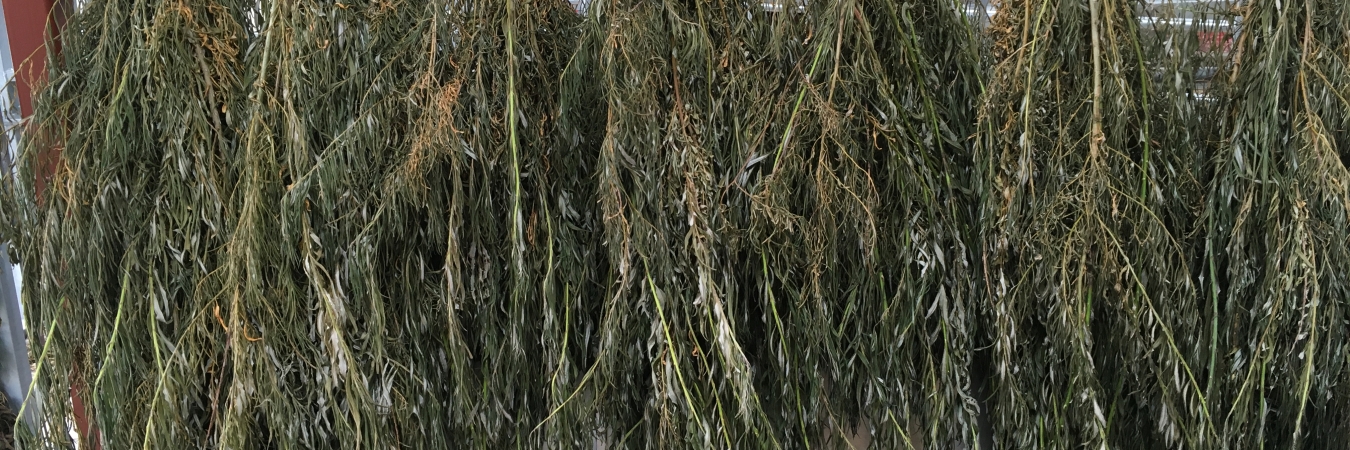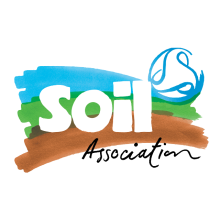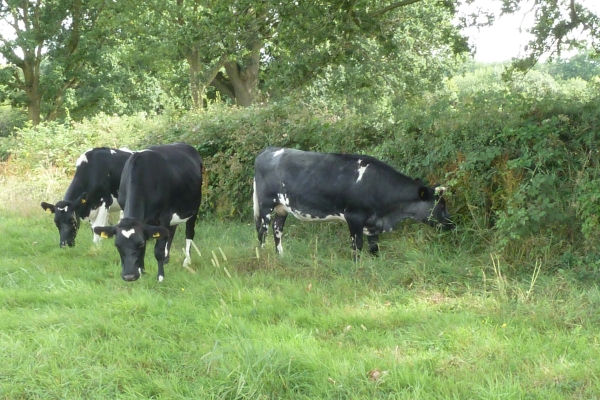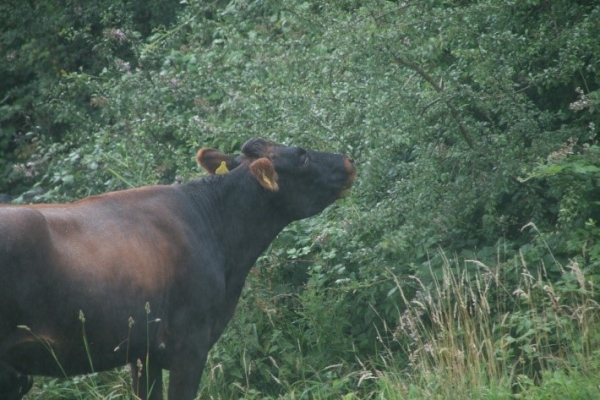Tree hay – using trees as livestock fodder
Resource explained
This is the recording of a Soil Association Scotland webinar on tree hay, produced as part of Agroecology: Strengthening Livelihoods, a farmer-led knowledge exchange programme. This informative and practical event featured Lynn Cassells of Lynbreck Croft, James Reid of Tap o’ Noth Farm, and Dr Lindsay Whistance of the Organic Research Centre, discussing how the use of tree hay can be a valuable way to supplement winter forage and support livestock nutrition and welfare.
Findings & recommendations
- Tree fodder/browse can be an important part of livestock diets. Different species vary in palatablity; aspen and willow score highly, beech and alder less so. Willow is fast-growing and gives good fodder and all-round medicinal benefits, but an enriched landscape with multiple species can deliver more nutrients.
- Condensed tannins in tree fodder at circa 4% of dry matter in diet can be beneficial.
- Mineral content can be higher in stored tree fodder than in fresh material.
- One challenge associated with tree hay is being able to collect enough of it and having enough space for meaningful storage.
- Both Lynbreck Croft and Tap o’ North Farm have significant tree cover (existing or planted). Tree hay evolved out of necessity at Tap o’ Noth, to make use of prunings.
- Lynbreck have established a number of ‘exclosures’ (densely planted with alder and willow) in wet fields, and feed to cattle by hanging the tree hay on the fence-line in winter.
- The livestock love the tree hay and it saves feed costs and provides medication, and harvesting tree hay is a pleasant summer job.
- Bundle tree hay into an amount you can carry easily, tie with cable tie (Tap o’ Noth are looking at edible twine with New Zealand flax), and hang up using baler twine.
- Stand and observe – the animals will tell you what they want. The richer the landscape, the more likely the animals will find what they need.
A couple of practical tips:
Summary provided by:
Phil SumptionEdited by:
Janie CaldbeckRelated articles
Recording of an ORFC 2024 session where members of the Pasture for Life-led, five-year, Innovative Farmers field lab on bale grazing share their insights into...
Trees and hedgerows are good sources of protein, vitamins and minerals for livestock.
A farm case study describing commercial and potential nutritional and medicinal benefits from incorporating trees into a dairy farm.
"Nature is our guide. We observe natural processes and we copy them, as best as we can. This is our philosophy for growing food, running...
The collection of tree leaves for feeding stock, usually from pollards, is now generally confined to poorer and least inhabited areas where subsistence farming and...







